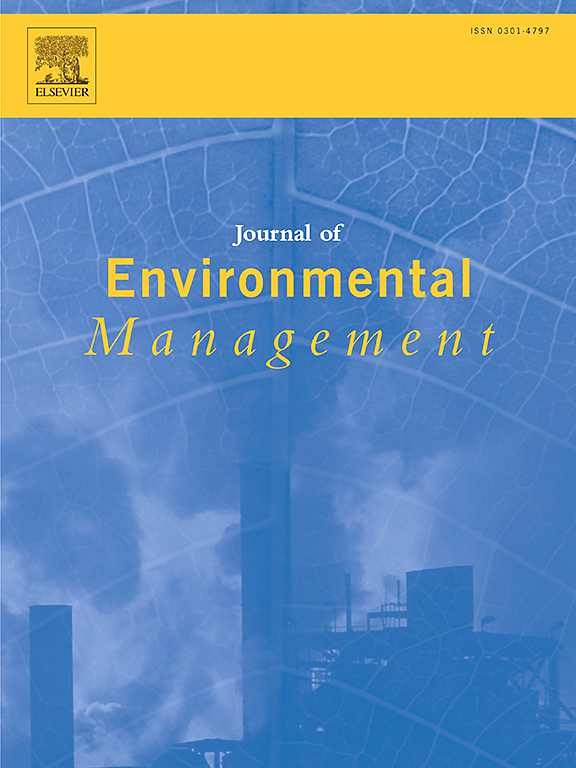Dietary changes and uneven sanitation systems widen urban-rural health environment efficiency disparity
IF 8.4
2区 环境科学与生态学
Q1 ENVIRONMENTAL SCIENCES
引用次数: 0
Abstract
Diets have synergistic effects on human health and environmental pollution, comprehensively revealing their impact mechanisms is crucial for promoting health-and environment-friendly diets. This study proposes a Health-Environment Efficiency (HEE) indicator, defined as the ratio of health benefits to diet-related reactive nitrogen (Nr) emissions, to reveal the environmental cost of supporting human health through diets in urban and rural China from 1980 to 2022. Although dietary changes improved health benefits in both areas, per capita Nr emissions increased by 17.9 % in urban areas and 105.1 % in rural areas, leading to divergent HEE trends. From 1980 to 2003, increased animal-based food consumption caused additional Nr pollution, offsetting health benefits and causing a continuous decline in HEE. During 2004–2022, healthier diets and upgraded sanitation systems improved urban HEE, widening the urban–rural disparity eightfold. Urban sanitation system has become the primary driver of Nr reduction, while rural dietary changes still caused a 0.2 Tg increase in Nr emissions. Projections to 2050 under shared socioeconomic pathways suggest that integrating dietary transitions with treatment upgrades can effectively balance health and environmental goals, narrowing the urban–rural HEE disparity by 48.4 %.

饮食结构的变化和卫生系统的不平衡扩大了城乡卫生环境效率差距
饮食对人类健康和环境污染具有协同效应,全面揭示其影响机制对促进健康和环境友好型饮食至关重要。本研究提出健康环境效率(HEE)指标,定义为健康效益与饮食相关活性氮(Nr)排放之比,以揭示1980年至2022年中国城乡通过饮食支持人类健康的环境成本。尽管饮食变化改善了这两个地区的健康效益,但城市地区的人均Nr排放量增加了17.9%,农村地区增加了105.1%,导致HEE趋势不同。从1980年到2003年,动物性食品消费的增加造成了额外的Nr污染,抵消了健康效益并导致HEE持续下降。在2004-2022年期间,更健康的饮食和升级的卫生系统改善了城市医疗卫生状况,将城乡差距扩大了8倍。城市卫生系统已成为减少Nr的主要驱动力,而农村饮食变化仍导致Nr排放量增加0.2 Tg。在共享的社会经济路径下对2050年的预测表明,将饮食转变与治疗升级相结合可以有效地平衡健康和环境目标,将城乡HEE差距缩小48.4%。
本文章由计算机程序翻译,如有差异,请以英文原文为准。
求助全文
约1分钟内获得全文
求助全文
来源期刊

Journal of Environmental Management
环境科学-环境科学
CiteScore
13.70
自引率
5.70%
发文量
2477
审稿时长
84 days
期刊介绍:
The Journal of Environmental Management is a journal for the publication of peer reviewed, original research for all aspects of management and the managed use of the environment, both natural and man-made.Critical review articles are also welcome; submission of these is strongly encouraged.
 求助内容:
求助内容: 应助结果提醒方式:
应助结果提醒方式:


